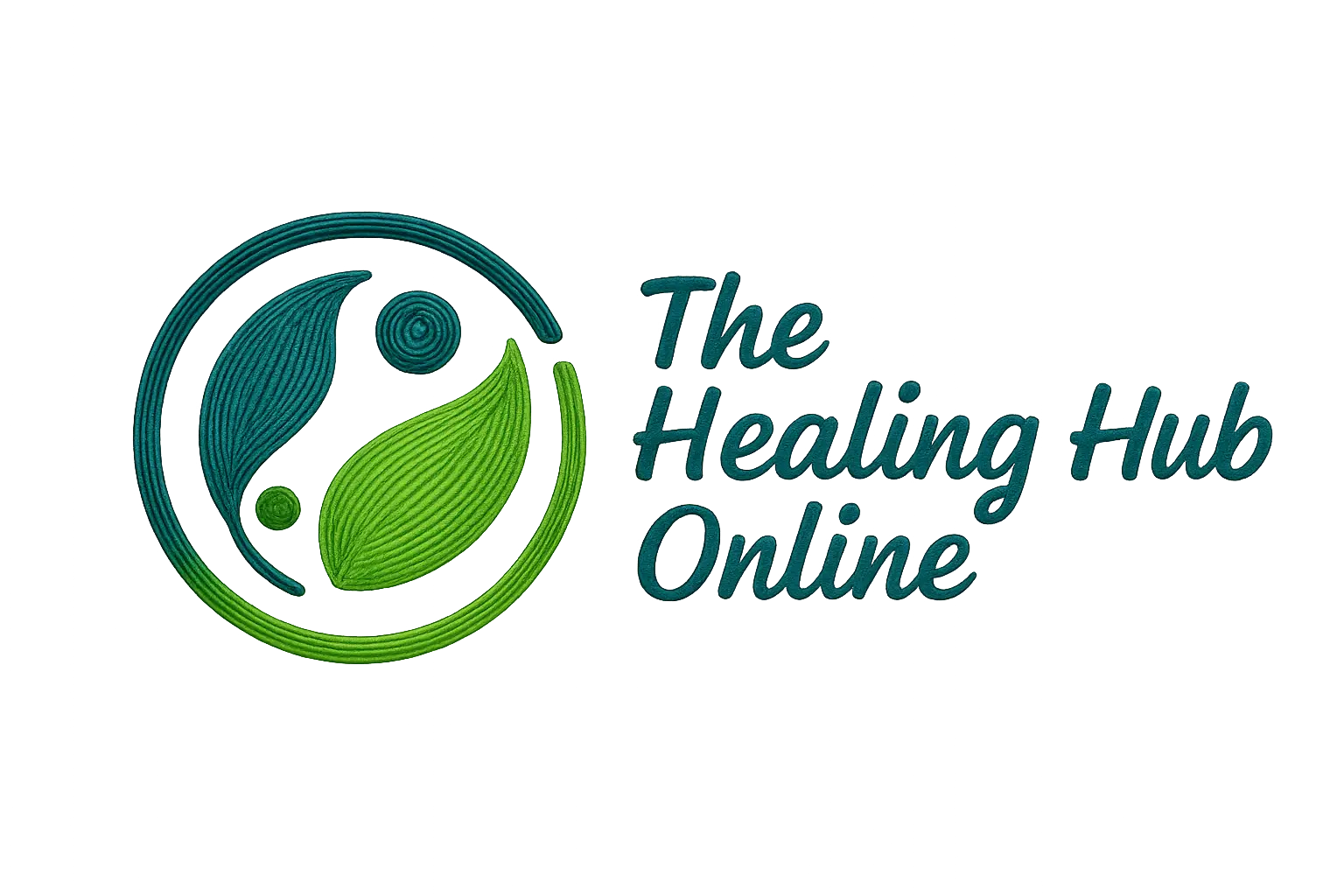
— Dr. Bessel van der Kolk
Trauma isn’t always what it looks like in the movies. It doesn’t always come from a single catastrophic event. Sometimes, it’s quiet and cumulative — built over time like a slow-moving current beneath the surface of your everyday life.
Trauma affects how we think, feel, relate to others, and even how safe we feel in our own bodies. It shows up in more places than we expect, often disguised as anxiety, hyper-independence, fatigue, physical tension, or emotional numbness.
Not all trauma looks the same — and not all pain stems from what society traditionally labels as traumatic. That’s why distinguishing between Big-T and Little-t trauma matters:
- Big-T Trauma: major events like physical abuse, combat, or natural disasters.
- Little-t Trauma: cumulative stressors such as emotional neglect, ongoing criticism, medical procedures, or discrimination.
Even without a formal PTSD diagnosis, chronic exposure to Little-t trauma can cause significant emotional and physiological strain.
Our bodies store trauma as sensory memories — even when our minds can’t explain it. Trauma responses may appear as:
- Tight muscles and posture patterns
- Shallow or irregular breathing
- Gut tension or chronic illness
- Fatigue and restlessness
Healing begins when the body feels safe. Tools include:
- Somatic practices like yoga and grounding
- Breathwork and vagal toning
- Tapping (EFT) or movement therapy
- Trauma-informed connection with others
— Resmaa Menakem
People who look “fine” may be hiding deep dysregulation. The nervous system adapts, often by becoming numb, overproductive, or avoidant.
Trauma-informed care focuses on what happened to you, not what's wrong with you.
Trauma healing doesn’t require reliving every moment. It starts with recognition and rebuilding trust — not just in others, but in yourself.
— Dr. Gabor Maté
Explore Tools for Healing

